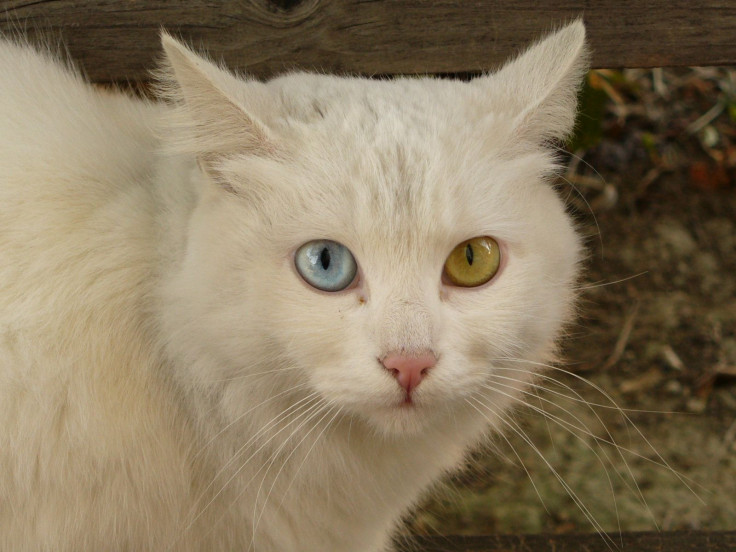Study Shows Cats Do Have Secret Lives

Just in time for the theatrical debut of the “Secret Life of Pets 2” is a scientific study that shows what one pet featured in this animated movie actually does when its human owners aren't around.
The secret life of "Felis catus," or the ordinary domestic house cat and feral cat, has been uncovered in a study where author Dr. Maren Huck at the University of Derby in England attached a miniature digital camera (or a catcam) to 16 cats.
She wanted to know what the felines do when they're alone. What she found was that some cats do exhibit different behavior when they're not around their human owners. Surprisingly, other cats showed a more relaxed behavior outdoors when a human was nearby than when on their own.
One astonishing trait confirmed by the study is that cats don’t like to run. And no, cats don’t do outlandish things like driving cars or plotting evil schemes.
Huck published her paper in the scientific journal Applied Animal Behavior Science. Her study describes some 40 categories of cat behavior, one of the most intriguing of which is this cat thing called "social staring.”
The paper shows that cats' activities change when cats aren’t around humans. On the other hand, some of the moggies (mongrel cats in British slang) in the study exhibited more relaxed behavior outdoors when a human was nearby than when on their own.
As might have been expected, cats spend the largest share of their time (44 percent) resting. Being moggies, these cats spend a tenth of their time hunting for food.
Walking took up just 11 percent of their time and running less than 1 percent. No wonder cats have reputations for being lazy loafs.
Personal hygiene standards varied widely. Eight percent of these felines devoted their time off from humans grooming. Other cats didn’t groom themselves at all.
Huck pointed out that no truly unexpected behavior was observed in the cat study with its small sample size. That might have been because the batteries in these catcams lasted only 2.5 hours.
Huck said she was motivated to conduct this study by her cat, Treacle. This feline once brought home the carcass of a merlin hawk (or a pigeon hawk) as big as herself. Huck wondered if Treacle was a big game hunter, or a scavenger who stole the merlin from another cat or animal.
To answer this nagging question, Huck attached a catcam to Treacle. She never found the answer to her question but did observe Treacle behaved differently outdoors and was less noisy. That incident led to the study.



























